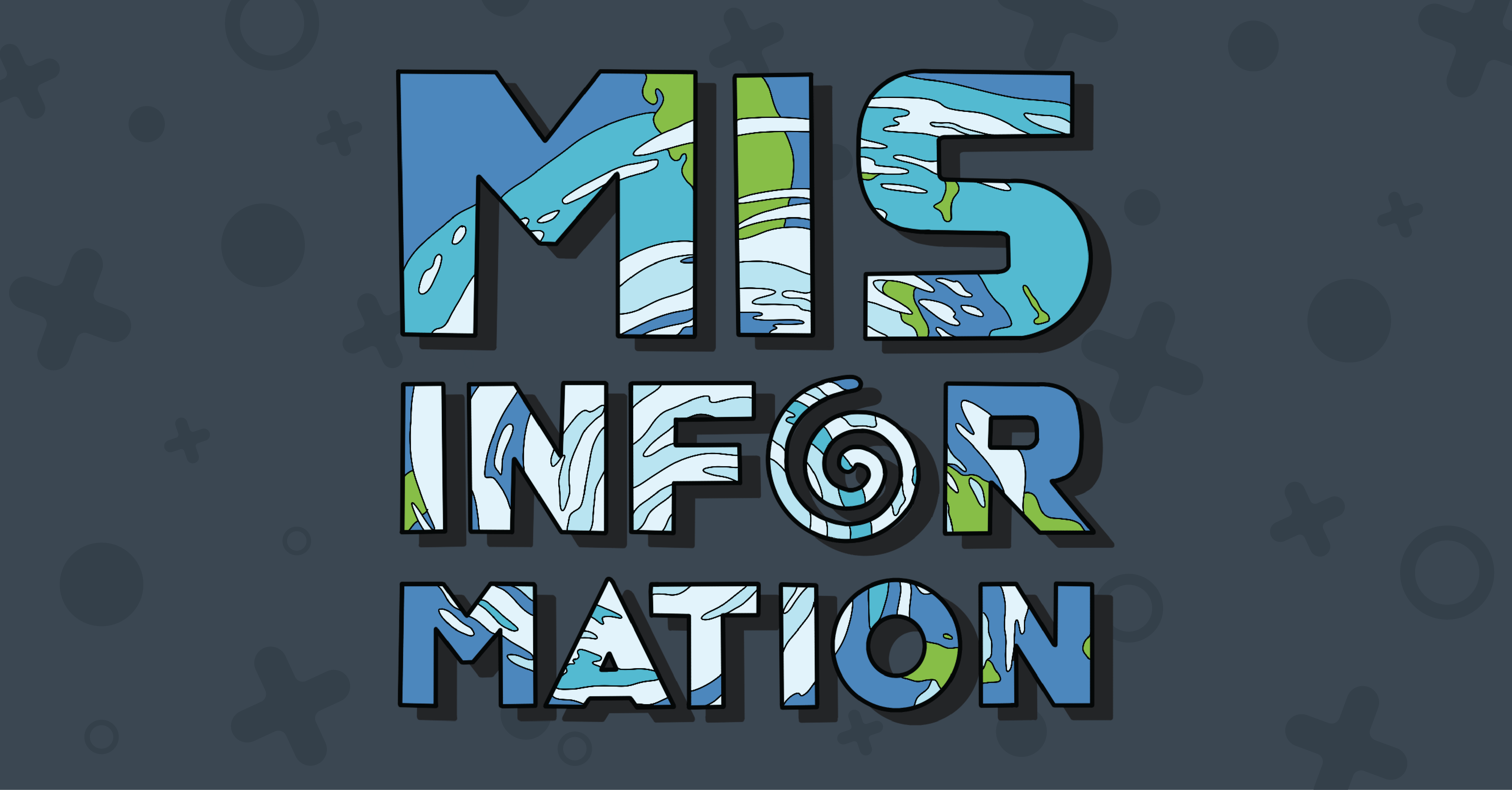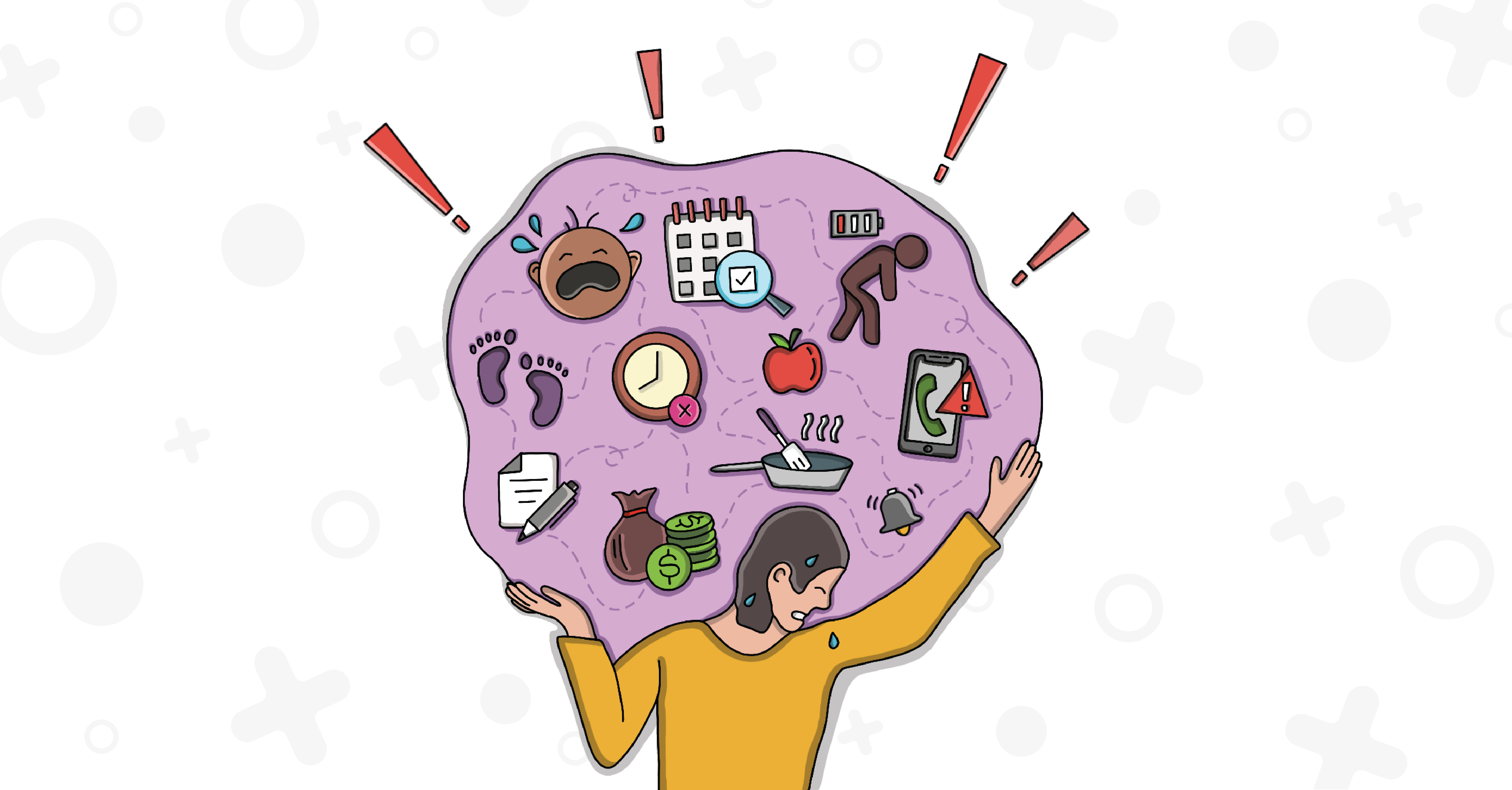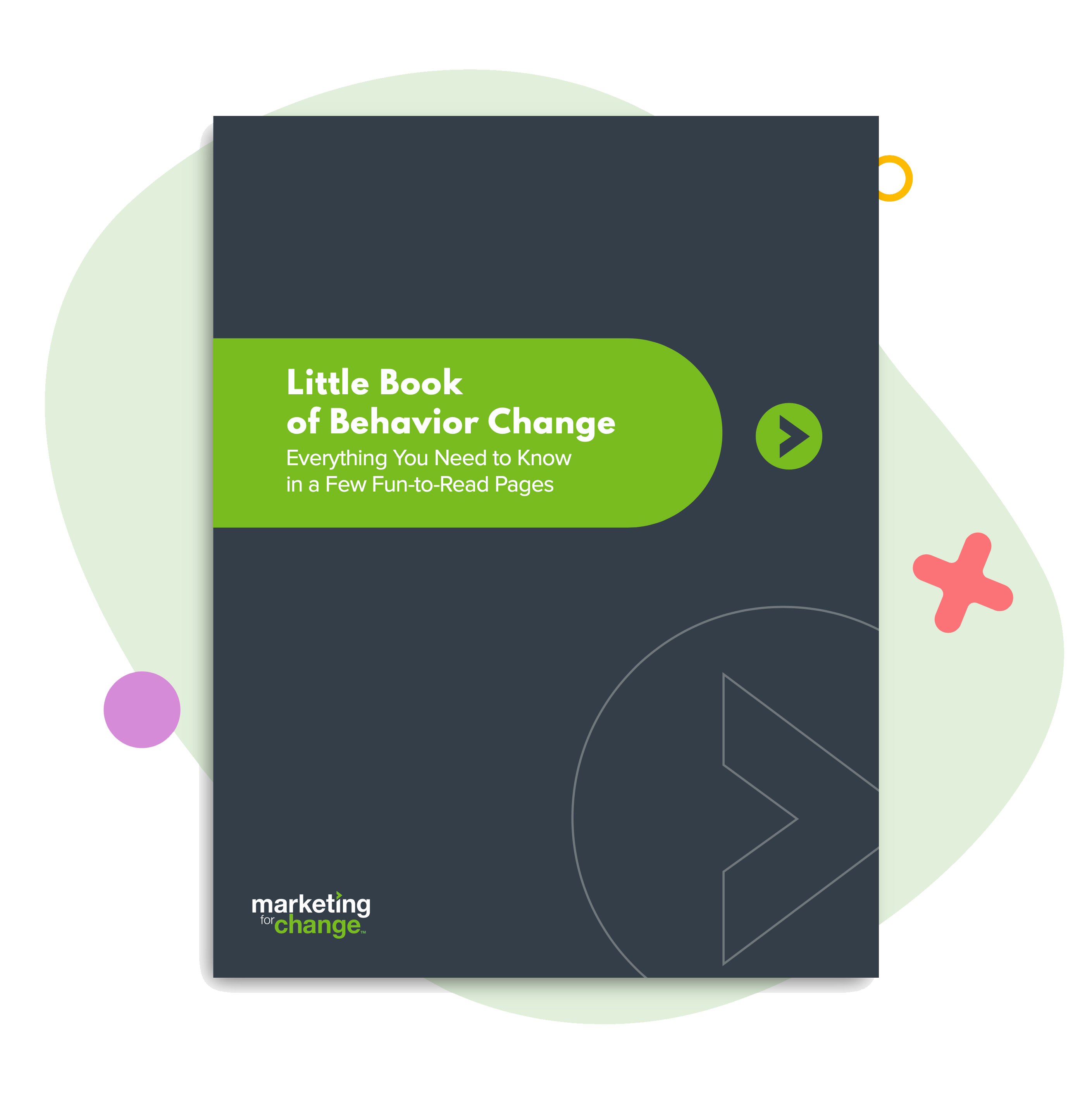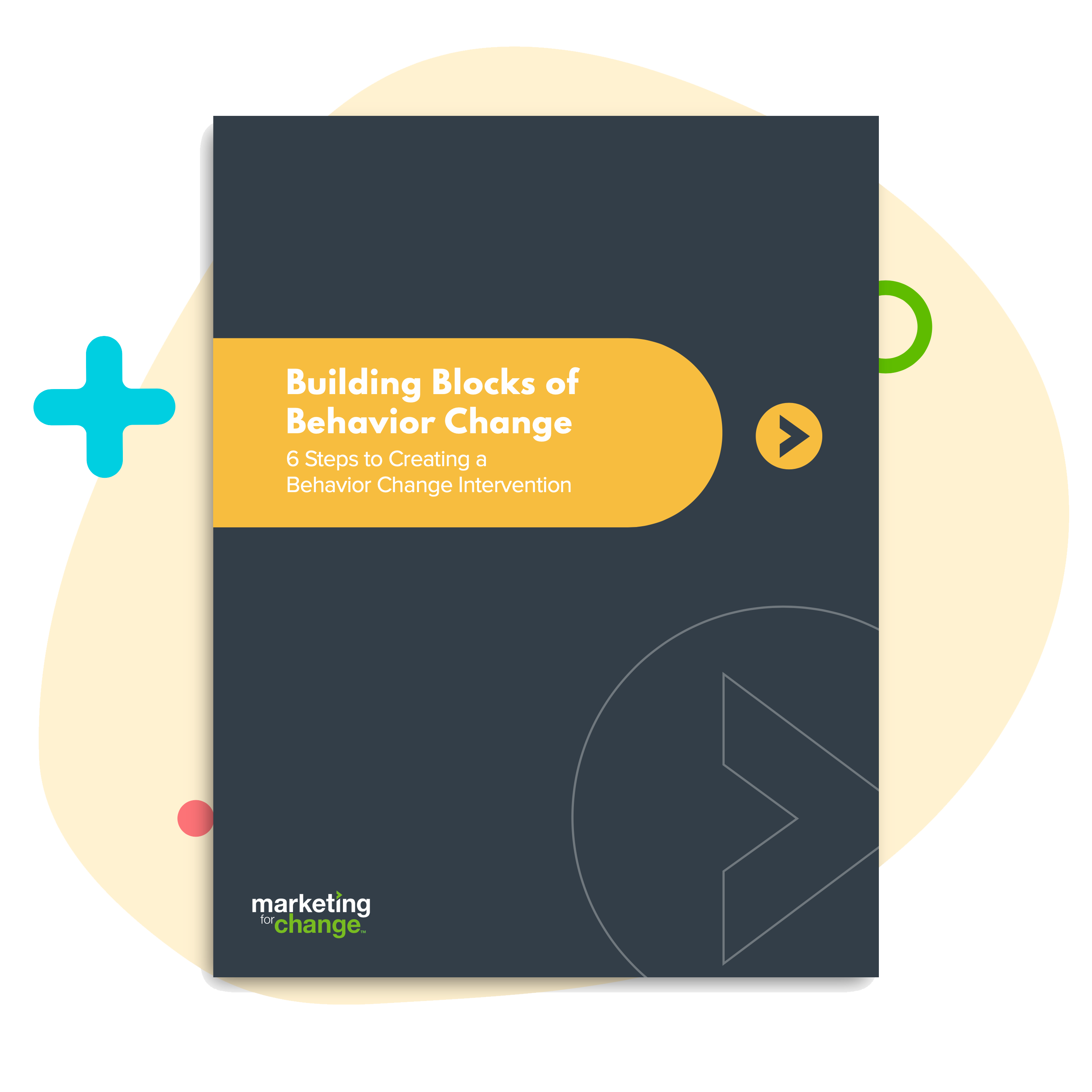
Behavioral Science v. Social Marketing — Which is Better for Behavior Change?
I’m a practitioner at a behavior change marketing agency with roots in social marketing. Then last year I ran off to the London School of Economics (two jet-lagged weeks at a time) to get an executive master’s degree in behavioral science. I love the questions I get as a result. Why would you do that, are you crazy? is usually the first. (Short answer: yes). And then, What is behavioral science? How is it different from what you already do? With my feet now planted in both disciplines, here’s my slightly longer answer to that.
To understand the differences between behavioral science and social marketing, it helps to understand the historical context that drives these two approaches.
Behavioral Science: The Provocateur
Behavioral science is a discipline with roots in experimental psychology, economics, philosophy and ethics. If I had to create a persona for behavioral science, it would be the Provocateur — that person whose ideas and activities purposefully threaten accepted values or practices. Two of the founding fathers of behavioral science were self-taught experimental psychologists who spent the first few decades of their brilliant collaboration poking holes in classical economics’ foundational Rational Actor theory. The Rational Actor theory — which is a fundamental component of the economic models that undergird pretty much every government policy ever made anywhere — assumes that people make logical decisions based on a computer-like ability to synthesize endless information, quickly perform complex mathematical calculations, and logically assess risk. The early work of behavioral science pioneers Daniel Kahneman (who won the 2002 Pulitzer Prize in economics) and Amos Tversky was both combative and gleeful as they concocted one experiment after another to show that this emperor of classical economics had no clothes (or at the very least was frequently parading around without them).
Today, behavioral science continues to be grounded in an academic, experimental mindset. It favors carefully designed experiments (random controlled trials, or RCTs) that prove that some tried-and-true way of thinking or acting is actually wrongheaded. Leading behavioral scientists (all of whom are college professors) like Cass Sunstein and Richard Thaler (who wrote Nudge); Paul Dolan (head of the behavioral science department at the London School of Economics and author of Happiness by Design), and Dan Ariely (Duke University behavioral economist, serial entrepreneur and TED talk star), all make an effort in their books and lectures to show how commonplace policies and practices so often fail to motivate desired behaviors because they don’t take human nature into account. They also highlight how individuals, program designers and policymakers can recognize and leverage (or work around) systematic human biases in decision-making to improve behavioral outcomes.
Behavioral science is sometimes, but not always, dedicated to helping people live healthier, wealthier, happier lives. It’s also used in myriad ways in many commercial sectors, including banking, finance, pharmaceuticals and digital media.
At its best, social change-focused behavioral science leads to breakthrough programs like Thaler’s Save More Tomorrow retirement intervention, a version of which my company currently is using to help our staff (including me) incrementally boost our 401K contributions. At its worst, behavioral science can devolve into “p-hacking” (massaging statistical models to produce a significant result) or tout “breakthrough” behavior change insights based on experiments conducted with a handful of people in a lab, often on an elite college campus (hardly a representative slice of society). To read how this all can get very problematic very fast, read more here about the replication crisis.
Social Marketing: The Sex Education Teacher
The discipline that was first dubbed social marketing (a term that was coined before social media was a thing, and now is commonly called behavior change marketing) is deeply rooted in public health. The persona I would choose for social marketing is a Sex Education Teacher — that sometimes hip and sometimes overly earnest educator who understands the realities of high school life in a way that few adults do, who really wants to protect students’ physical and mental health, and who can say “vagina” or “penis” without blinking an eye. The first documented use of social marketing was in 1963 in India, when a government program made, branded, marketed and sold high-quality, low-cost condoms to encourage family planning. The use of commercial marketing techniques to “sell” behaviors quickly expanded into other areas of public health and the environment. In 1971, Philip Kotler and Gerald Zaltman published an article in the Journal of Marketing that used the term ‘social marketing’ to describe the use of marketing for the social good. Subsequent scholars laid out the essential elements of a social marketing campaign — a grounding in exchange theory and the use of commercial marketing techniques such audience segmentation, formative research, concept testing, and evaluation — as well as the unique challenges that come with “selling brotherhood instead of soap.” Although social marketing has become far more sophisticated and multilayered, and many of our most pressing challenges have become far more complex, the essential elements of social marketing methodology remain largely the same today.
At its best, social marketing is deeply tapped into the underlying values, wants and needs of the target audience — often knowing them better than they know themselves — and invents clever ways to frame a difficult behavior as something people naturally want to do.
At its worst, social marketing gets treated like a plug-and-play formula — theory + research = messages — that gets hijacked by experts’ curse of knowledge and leads to information dumps disguised as campaigns. If you see lame “did you know?” health messages or “every drop counts!” environmental campaigns, that’s not a failure of social marketing but a failure to execute social marketing well.
So which is better: behavioral science or social marketing?
The answer to the “who is better” question is: Neither. But they are better together. They also overlap a lot more than either side will readily admit. At Marketing for Change, we incorporate both social marketing and behavioral science into our own Fun Easy Popular methodology. You want to bring both the Provocateur and the Sex Education Teacher into your strategy planning. You want to embrace the rigor and “spot the bias” approach of behavioral science, but look beyond your statistical p-values to check in with the real world. Behavioral science is too quick to dismiss the value of good qualitative insight (and academics should never write advertising copy). Social marketing too often takes what people say in focus groups at face value, treating self-report as behavioral insights and failing to follow up with evaluation to see if people did what they said they were going to do.
By incorporating the experimental rigor of behavioral science with the consumer orientation of social marketing, behavior change wins.

Sara Isaac is the agency’s chief strategist.







